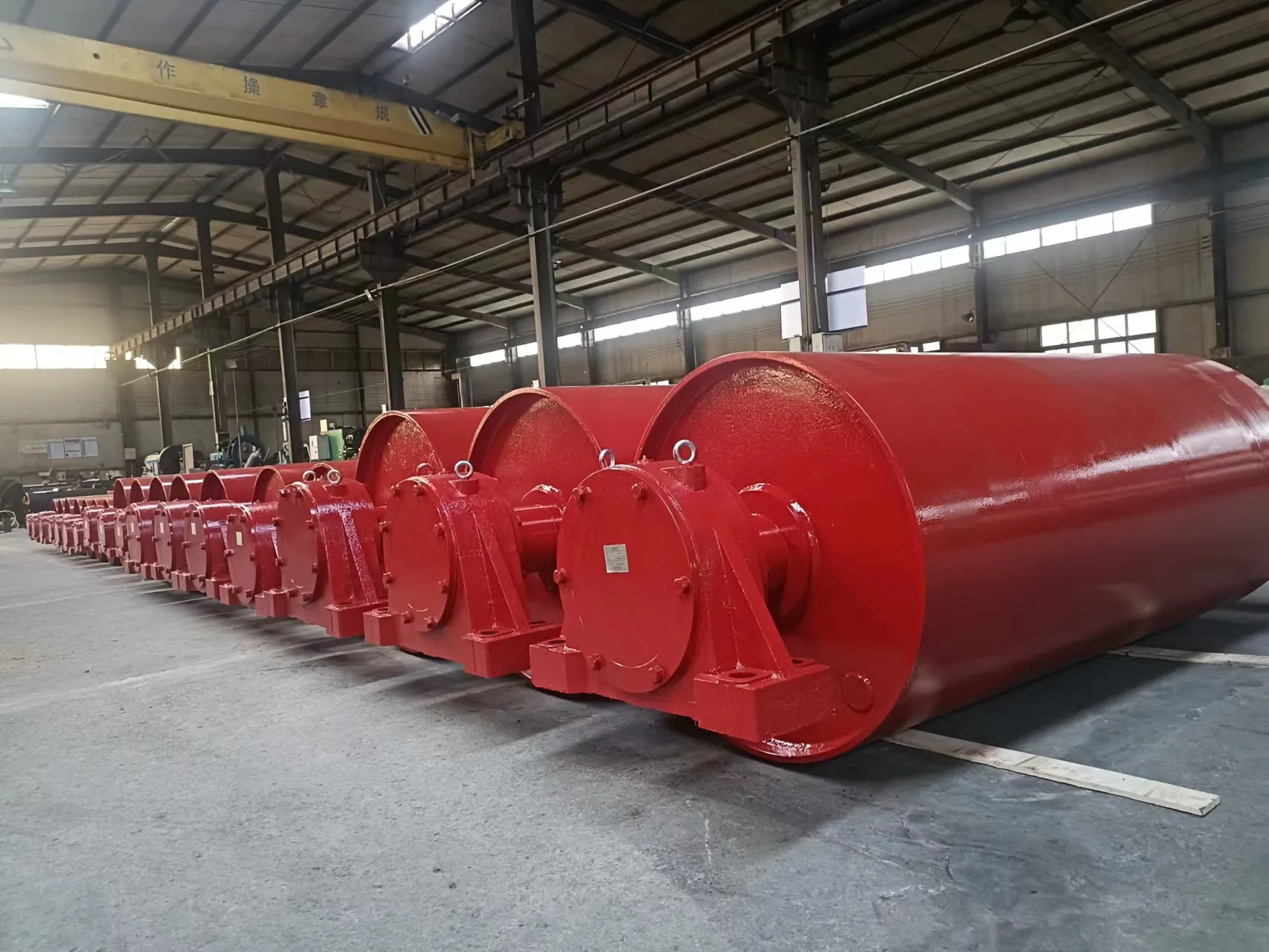 Afrikaans
Afrikaans  Albanian
Albanian  Amharic
Amharic  Arabic
Arabic  Armenian
Armenian  Azerbaijani
Azerbaijani  Basque
Basque  Belarusian
Belarusian  Bengali
Bengali  Bosnian
Bosnian  Bulgarian
Bulgarian  Catalan
Catalan  Cebuano
Cebuano  Corsican
Corsican  Croatian
Croatian  Czech
Czech  Danish
Danish  Dutch
Dutch  English
English  Esperanto
Esperanto  Estonian
Estonian  Finnish
Finnish  French
French  Frisian
Frisian  Galician
Galician  Georgian
Georgian  German
German  Greek
Greek  Gujarati
Gujarati  Haitian Creole
Haitian Creole  hausa
hausa  hawaiian
hawaiian  Hebrew
Hebrew  Hindi
Hindi  Miao
Miao  Hungarian
Hungarian  Icelandic
Icelandic  igbo
igbo  Indonesian
Indonesian  irish
irish  Italian
Italian  Japanese
Japanese  Javanese
Javanese  Kannada
Kannada  kazakh
kazakh  Khmer
Khmer  Rwandese
Rwandese  Korean
Korean  Kurdish
Kurdish  Kyrgyz
Kyrgyz  Lao
Lao  Latin
Latin  Latvian
Latvian  Lithuanian
Lithuanian  Luxembourgish
Luxembourgish  Macedonian
Macedonian  Malgashi
Malgashi  Malay
Malay  Malayalam
Malayalam  Maltese
Maltese  Maori
Maori  Marathi
Marathi  Mongolian
Mongolian  Myanmar
Myanmar  Nepali
Nepali  Norwegian
Norwegian  Norwegian
Norwegian  Occitan
Occitan  Pashto
Pashto  Persian
Persian  Polish
Polish  Portuguese
Portuguese  Punjabi
Punjabi  Romanian
Romanian  Russian
Russian  Samoan
Samoan  Scottish Gaelic
Scottish Gaelic  Serbian
Serbian  Sesotho
Sesotho  Shona
Shona  Sindhi
Sindhi  Sinhala
Sinhala  Slovak
Slovak  Slovenian
Slovenian  Somali
Somali  Spanish
Spanish  Sundanese
Sundanese  Swahili
Swahili  Swedish
Swedish  Tagalog
Tagalog  Tajik
Tajik  Tamil
Tamil  Tatar
Tatar  Telugu
Telugu  Thai
Thai  Turkish
Turkish  Turkmen
Turkmen  Ukrainian
Ukrainian  Urdu
Urdu  Uighur
Uighur  Uzbek
Uzbek  Vietnamese
Vietnamese  Welsh
Welsh  Bantu
Bantu  Yiddish
Yiddish  Yoruba
Yoruba  Zulu
Zulu conveyor belt drive rollers
Understanding Conveyor Belt Drive Rollers Key Components in Material Handling Systems
Conveyor belt drive rollers serve a vital function in the realm of material handling, playing a crucial role in the efficient transport of goods across various industries. These components, often overlooked, are integral to the effective operation of conveyor systems, ensuring that materials move smoothly and reliably from one point to another. This article explores the significance, types, and applications of conveyor belt drive rollers.
What are Conveyor Belt Drive Rollers?
Conveyor belt drive rollers, also known as drive pulleys or head rollers, are cylindrical components that are coupled with conveyor belts. They are powered by an electric motor, which turns the roller and, in turn, moves the belt. Designed to provide traction, these rollers help in overcoming the resistance posed by the weight of the materials being transported, as well as the friction between the belt and the drive surface.
Typically situated at the end of conveyor systems, drive rollers work in conjunction with return rollers to ensure that the belt remains taut and aligned. The design and operation of these rollers are critical to maintaining the efficiency and longevity of the conveyor system.
Types of Drive Rollers
There are several types of drive rollers used in conveyor systems, each tailored for specific applications
1. Smooth Drive Rollers These are commonly used in general applications and provide a seamless surface for belt movement. They are effective in situations where high traction is not a critical requirement.
2. Lagged Drive Rollers These rollers incorporate a rubber or polyurethane lagging, enhancing friction and traction between the roller and the conveyor belt. Lagging is particularly beneficial in applications involving heavy loads or steep inclines, where slippage must be minimized.
3. Crowned Drive Rollers Designed with a slightly raised center, crowned rollers help keep the conveyor belt aligned. This design feature is especially advantageous in systems where lateral movement of the belt could compromise operation.
conveyor belt drive rollers

4. Specialty Drive Rollers For unique applications, specialty rollers are engineered to meet specific operational requirements, such as those that handle aggressive materials or operate in extreme environmental conditions.
Applications of Drive Rollers
Conveyor belt drive rollers enjoy widespread adoption across various industries due to their versatility and robustness. They are prominently used in
- Manufacturing In factories, drive rollers facilitate the movement of raw materials and finished products along assembly lines, enhancing productivity. - Warehousing and Distribution Logistics centers utilize conveyor systems with drive rollers to streamline the sorting and transporting of goods, thereby increasing throughput.
- Mining and Heavy Industry In environments where heavy and bulk materials are handled, drive rollers are designed to endure substantial loads and harsh conditions.
- Food Processing Specially designed drive rollers that comply with hygiene standards are used in the food processing industry, ensuring safe and efficient handling of food products.
Choosing the Right Drive Roller
Selecting the appropriate drive roller for a conveyor system involves considering several factors. These include the type of materials being transported, the desired speed and load capacity of the conveyor, and environmental conditions such as temperature and humidity. Ensuring compatibility of the drive roller with the conveyor belt and overall system design is essential for optimal performance.
Conclusion
In conclusion, conveyor belt drive rollers are a critical component of modern material handling systems. Their function extends beyond merely powering a conveyor belt; they enhance efficiency, reliability, and safety in the transport of goods across industries. Understanding the different types and applications of drive rollers enables businesses to make informed decisions, ensuring that their conveyor systems operate at peak performance. As industries continue to evolve, the importance of these components will only grow, highlighting the need for ongoing innovation and improvement in conveyor technology.
-
Revolutionizing Conveyor Reliability with Advanced Rubber Lagging PulleysNewsJul.22,2025
-
Powering Precision and Durability with Expert Manufacturers of Conveyor ComponentsNewsJul.22,2025
-
Optimizing Conveyor Systems with Advanced Conveyor AccessoriesNewsJul.22,2025
-
Maximize Conveyor Efficiency with Quality Conveyor Idler PulleysNewsJul.22,2025
-
Future-Proof Your Conveyor System with High-Performance Polyurethane RollerNewsJul.22,2025
-
Driving Efficiency Forward with Quality Idlers and RollersNewsJul.22,2025





























